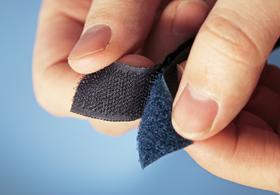Audio-visual materials have enhanced teaching since the beginning of the last century. As a student in Montreal in the 1950s and 1960s, I recall what a treat it was to listen to a recording or a radio broadcast. Those aids were a welcome change from our very formal, British-style lessons taught by teachers who lectured and expected you to memorize reams of tables and facts. Here's a chronology of when the various devices were introduced into classrooms.
Audiovisual aids, such as recordings and film projectors, have been used in K-12 classrooms for decades. Here's a brief history of their use:
- Phonographs: In the early 1900s, phonographs were used in classrooms to play recordings of music and speeches.
- Film projectors: In the 1920s, film projectors became available and were used to show educational films in classrooms.
- In the 1930s, 16mm films became the standard format for educational films, and schools began to build libraries of educational films.
- 35mm filmstrips: In the 1940s, 35mm filmstrips were introduced, a series of images printed on a long strip of film accompanied by an audio recording.
- Slide projectors: In the 1950s, slide projectors gained popularity in classrooms, enabling teachers to display images and information on a screen.
- Overhead projectors: In the 1960s, overhead projectors gained widespread use in classrooms, enabling teachers to display written and visual materials on a screen in real-time.
- Video cassette recorders: In the 1970s, video cassette recorders (VCRs) were introduced, allowing teachers to show pre-recorded videos in the classroom.
- Digital media: In the 1990s, digital media




















